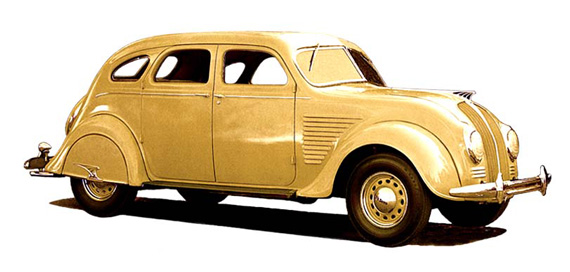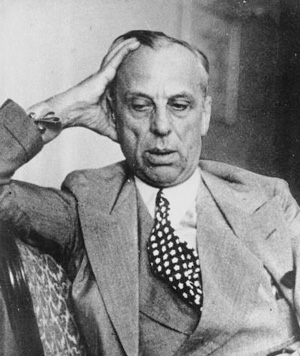Learning from the Americans:Planned Obsolescence and Airflow influence
By Gijsbert-Paul Berk
In 1920, Alfred Sloan was appointed to save the ailing General Motors. As we have seen in part 3, Sloan had learned from contacts with dealers and client surveys that styling sold better than advanced engineering. This was one of the reasons why he engaged Harley Earl to set up an Art and Color department at GM, the first professional in-house styling studio in the world.
To increase the output of GM’s factories, Sloan and Earl introduced annual model changes. The idea was to seduce the public to buy a new model, long before it was economically or technically necessary to trade in their present car. This strategy became known as ‘Planned Obsolescence’.(If you would like to know more about its effect on car design and marketing, read “My Years with General Motors” by Alfred P. Sloan. It was first published in 1963 but second-hand copies are still available from Amazon and AbeBooks.)
The great depression that followed in the wake of the Wall Street Crash of 1929 had grave consequences for the societies in many countries, and thus for the car manufacturers in the USA and – with some delay – of those in Europe. A great number of smaller companies did not survive the economic downturn while many workers became jobless. In Germany and Italy poverty and social insecurity would lead to the rise to power of National socialist and Fascist governments. [Read more…] about Concept Cars and Aerodynamics Part 4: Airflow

